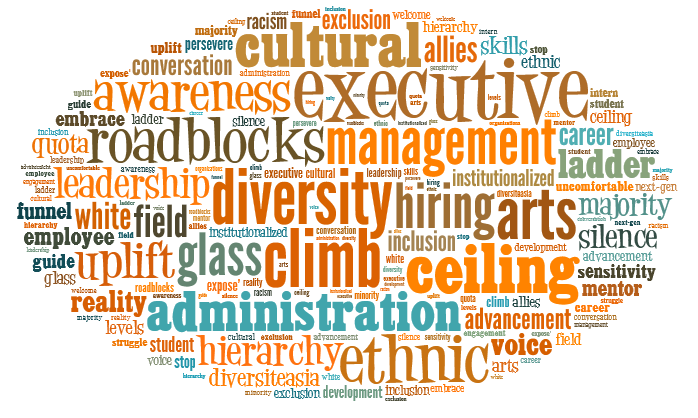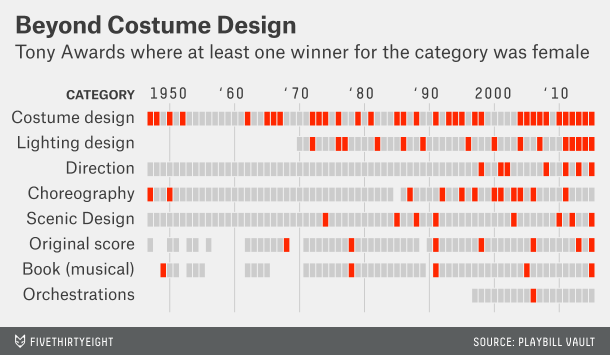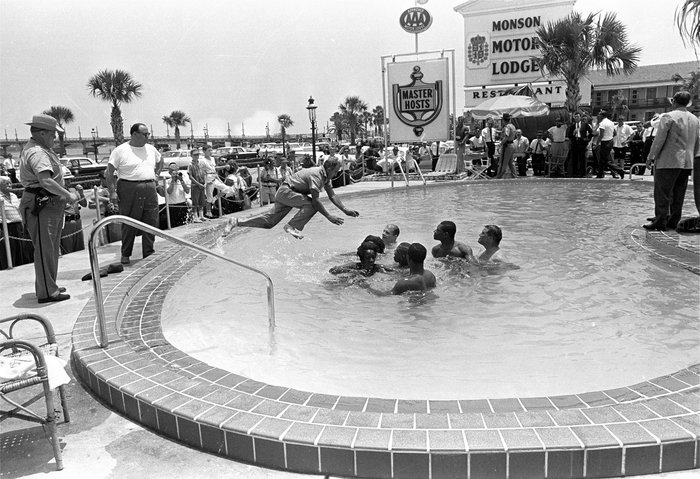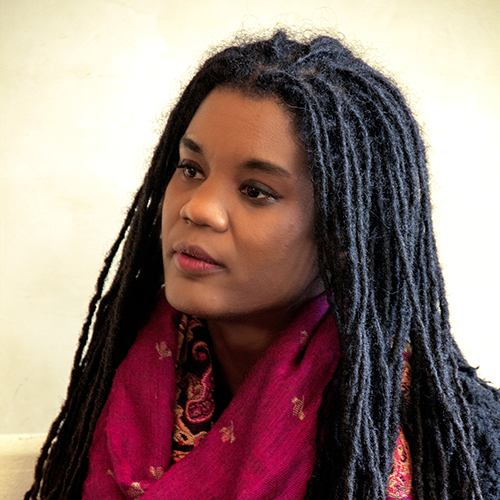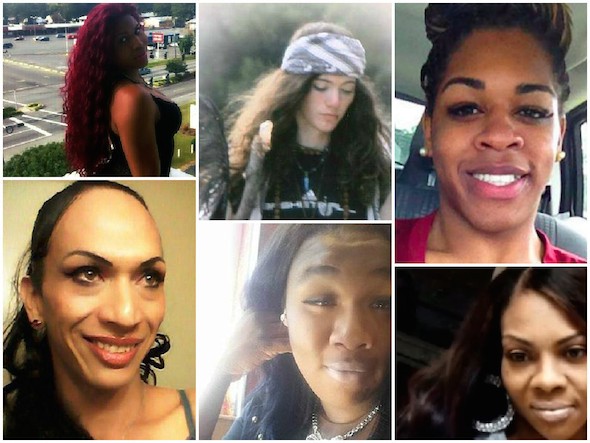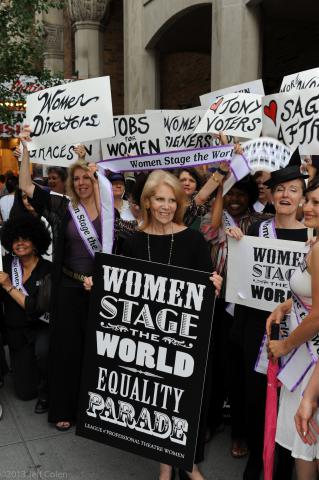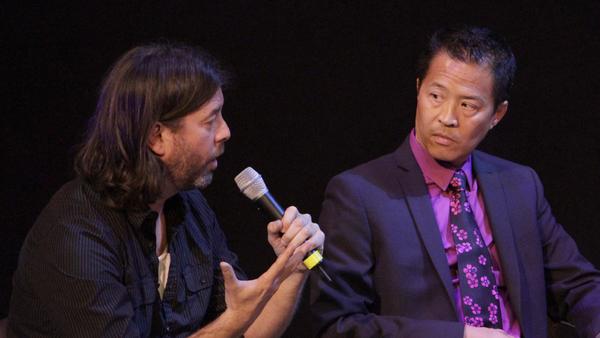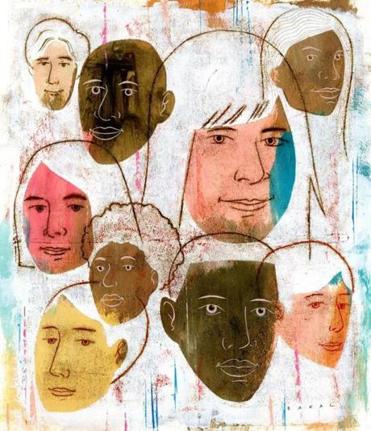Link Roundups feature articles and bits of internet goodness that our dramaturgy team digs up. If you find something you want to send our way, drop us a line on Facebook or Twitter!
♦♦♦♦♦

Two students from the creative:connection project collaborate on a piece of music. Photograph: Create
The Guardian has a story about how theatre and the arts can connect youth with disabilities with non-disabled kids:
National statistics show that 65% of people avoid disabled people because they don’t know how to act around them, while 67% say they feel uncomfortable when talking to a disabled person. A survey by Scope and Mumsnet also found that four in 10 parents said their disabled child rarely or never had the opportunity to socialise with non-disabled children.
This project has been designed to bring disabled and non-disabled students together to create friendships and a shared understanding. Not all communication is verbal – which the creative arts are a great way to show. By encouraging these young people to work together, listen to one another and explore communication through sound, music, art and movement, we’re breaking down some of those social barriers and strengthening bonds between disabled and non-disabled people.
♦♦♦♦♦
This past month, the Globe and Mail has been running a series following the theatre program of a Canadian high school as they rehearse and mount a musical. Parts 1-5 are online now:
After a decade of writing about the art form he loves, critic J. Kelly Nestruck found himself in a moment of crisis. Theatre, it seemed, had grown elitist and out of touch with the country it was supposed to entertain. To renew his faith, he went back to where it all began: high school. But can a group of teens enduring their own struggles prove that theatre is still worth fighting for?
